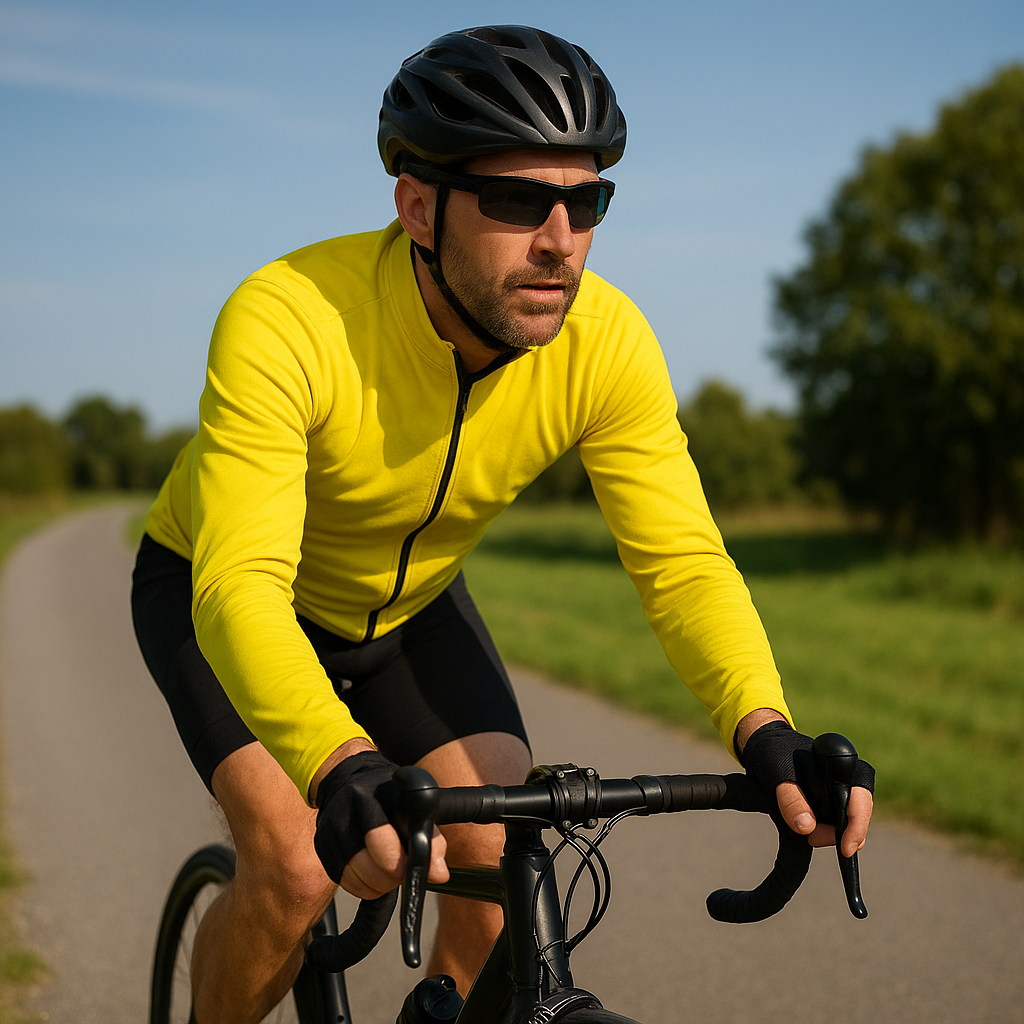
Cycling combines freedom, exercise, and eco-friendly travel, but it also brings inherent risks that every rider should address. By mastering a few fundamental practices and equipping yourself properly, you can transform every ride into a safe, enjoyable journey. Below are essential insights and actionable tips designed to boost your confidence on two wheels.
Essential Gear and Maintenance
Before you hit the road, ensure your bicycle is in top condition and you have the right protective equipment. A well-maintained bike and appropriate gear form the first line of defense against accidents.
1. Proper Helmet Fit
- Select a helmet certified by recognized safety standards. A loose or ill-fitting helmet may fail in a crash.
- Adjust straps so the helmet sits level on your head with minimal movement.
- Replace your helmet after any significant impact, even if there’s no visible damage.
2. Regular Maintenance Checks
- Inspect tire pressure weekly. Underinflated tires can lead to poor handling or pinch flats.
- Lubricate the chain and check brake pads for wear to maintain smooth shifting and reliable stopping power.
- Ensure quick-release skewers and axle nuts are tight to prevent wheel misalignment.
3. Visibility Enhancements
- Install front and rear lights with sufficient lumens. Flashing modes help catch the eye of motorists.
- Wear reflective clothing or add reflective tape to your helmet and bike frame.
- Use spoke reflectors or wheel lights to be seen from the side at intersections.
Road Awareness and Traffic Rules
Understanding and respecting traffic regulations not only keeps you safe but also earns you credibility among fellow road users. Observant cyclists navigate urban streets with the same awareness expected of drivers.
4. Predictable Riding
- Ride in a straight line and avoid weaving between parked cars.
- Signal every lane change or turn—hand signals help drivers anticipate your moves.
- Maintain a safe distance from vehicles, especially heavy trucks with large blind spots.
5. Intersection Navigation
- Stop at all red lights and stop signs, positioning yourself where drivers can see you.
- Make eye contact with motorists before proceeding through an intersection.
- Consider using dedicated bike boxes, if available, to get a head start when lights turn green.
6. Obeying Traffic Laws
- Ride with traffic, not against it; the latter increases collision risk.
- Follow posted speed limits and be cautious in school zones and residential areas.
- Use designated bike lanes when present, but remain alert for pedestrians and vehicle crossings.
Riding Techniques and Emergency Preparedness
Improving your riding skills and preparing for unexpected situations can dramatically reduce accident severity. Practice and proactive planning are your best allies in emergency scenarios.
7. Braking and Cornering Skills
- Use both brakes evenly; relying solely on the front brake can cause you to flip over.
- Approach corners at a safe speed and lean into turns, keeping your inside pedal up.
- Scan ahead for gravel, wet leaves, or oil patches that could skid your tires.
8. Emergency Maneuvers
- Practice quick stops in an open area to learn how your bike reacts under maximum braking.
- Learn to swerve around obstacles smoothly without sacrificing balance.
- Master the track stand (balancing in place) to handle sudden stops on inclines.
9. Carrying a Safety Kit
- Include a multi-tool, tire levers, spare tube, and pump or CO2 inflator.
- Pack a basic first aid kit with antiseptic wipes and bandages to treat minor injuries.
- Bring a charged mobile phone and emergency contact information in case you need assistance.
Personal Health and Route Planning
Physical preparation and careful route selection minimize fatigue and exposure to potentially dangerous environments. Prioritize routes that match your skill level and fitness.
10. Route Research and Hydration
- Plan your journey using bike-friendly apps or maps highlighting dedicated lanes and low-traffic streets.
- Verify the availability of rest stops, water fountains, or cafés on longer rides.
- Carry enough water or a hydration pack to avoid dehydration, especially in hot conditions.
By integrating these ten practical strategies into each ride, you’ll enhance both your safety and enjoyment of cycling. Stay proactive, maintain your equipment diligently, and never underestimate the value of visibility and preparedness. Empower yourself with the right knowledge and gear, and every ride can be a rewarding adventure.

